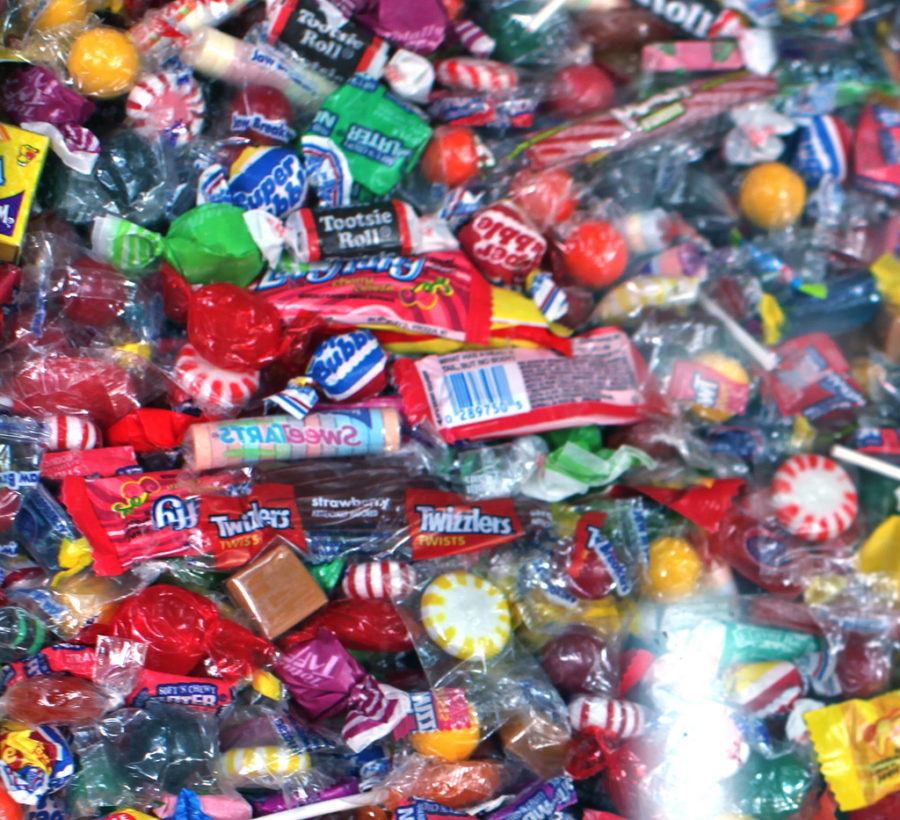The Dangerous Candy Myth
It’s Halloween night, and you come home from a long night of trick-or-treating. You brought home dozens of pieces of candy, from dozens of strangers around the neighborhood. You aren’t aware of the dangers, if there are any, of Halloween candy, besides the fact that it’s unhealthy, and will destroy your teeth. This is until your parents search through your candy, and make sure that nothing is tampered with. This myth perpetuated by media around the country that there are crazy people messing with candy has continued for a long period of time, over 100 years. How true is the myth of poisoned candy?
The legend of poisoned candy gained ground during the Industrial Revolution, when food production became an industry with unknown methods and unknown ingredients. 19th century doctors would claim that they were treating children poisoned by candy, but studies by the U.S. Bureau of Chemistry disproved this claim. Most of the “candy poisonings” occur when the kids would overeat, hygiene, or just genuine food poisoning.
However, poisoned candy claims do have some basis though, as in 1959 a California dentist gave out laxatives on Halloween, and in 1964 there were several cases of candy tampering. A woman in New York gave out inedible objects on Halloween to older trick-or-treaters who she believed were too old to participate in the tradition. Media outlets in Detroit reported that rat poison, and lye filled bubblegum were being given out. These reports were never proven true. Another case of poisoned candy was in 1970, when Kevin Toston, a 5 year old from Detroit, digested candy laced with heroin. He died from overdose following a four day coma.
The most famous case of candy tampering occurred in 1974. Timothy Marc O’Bryan gave his son a pixie stick full of cyanide, and his son passed away at 8 years old on Halloween night. O’Bryan also gave out poisoned candy to other children, but none of them consumed the cyanide. Timothy Marc O’Bryan was executed in 1984. This is one of the only real cases of a child dying from poisoned candy.
There have been 78 reported cases of candy poisoning between 1958 and 1988, but only 2 deaths attributed to poisoned candy. The deaths linked to candy poisoning are tragic, but the “poisoned candy” myth should be attributed to teenage pranksters inserting dangerous objects into their own candy to frighten their entire time. We can come to the conclusion that this myth of poisoned candy doesn’t come without basis, but the odds are that your candy will be safe. The incidents barely ever occur, and won’t happen to you. It’s part of the Halloween experience.

